Mindfulness practices should be incorporated into the school day
In a world of ever-increasing stress, mindfulness practices can be incorporated to tamper down those negative feelings and make life more manageable
May 28, 2021
It happens to all of us. You get halfway through your everyday routine and realize that you don’t remember doing any of it. You snap at someone you really care about and then feel bad for doing it. You have one of those days where you have so much to do that you don’t know where to start so you do nothing.
These are all ways in which stress and anxiety can present themselves, but research has shown that mindfulness practices can help.
Mindfulness and self-care are words that have been floating around with an air of importance, claiming to be a panacea, yet many of us are unclear on what they mean. Jon Kabat-Zinn, the pioneer of modern practices, initially developed Mindfulness-Based Stress Reduction (MBSR) as a technique to help people manage pain. He defined mindfulness meditation as “the awareness that arises from paying attention, on purpose, in the present moment and non-judgmentally.” Mainstream usage considers mindfulness to be any technique that teaches us to pay attention, on purpose, when we want to. By focusing on the breath, participants are taught to focus on both physical and emotional feelings as they are, moment to moment. While this focus can’t “fix” every problem or “make it all go away,” it can lessen the perception of undesirable feelings while increasing the ones that are wanted.
Since mindfulness practices are shown to improve attention, self-awareness and emotional regulation, the benefits in school are vast for both students and adults. We have always been faced with stress and anxiety. We have all reacted to something in the classroom in a way that we later regretted. We impact one another, everyday. Wouldn’t it be worth some practice to learn how to take a moment to breathe and respond instead of react? What a difference that would make!
Mindfulness takes time. Methods can be learned and they can be improved upon, but nobody perfects it. That is why it is called a practice. In order to see the benefits that it can have on individuals, local environments and school culture, regular mindfulness needs to become a valued part of the school day.
There are many platforms on which you can find mindfulness resources. Daily guided imagery to start the day can easily be found on YouTube. Various apps like Insight Timer, Calm and Headspace are available for personal use. Mindful.org provides a plethora of resources for learning, practicing, and sharing. I believe that incorporating a few minutes during homeroom and a mindfulness check-in during each class would have a transformative impact on the environment at Rancocas Valley.

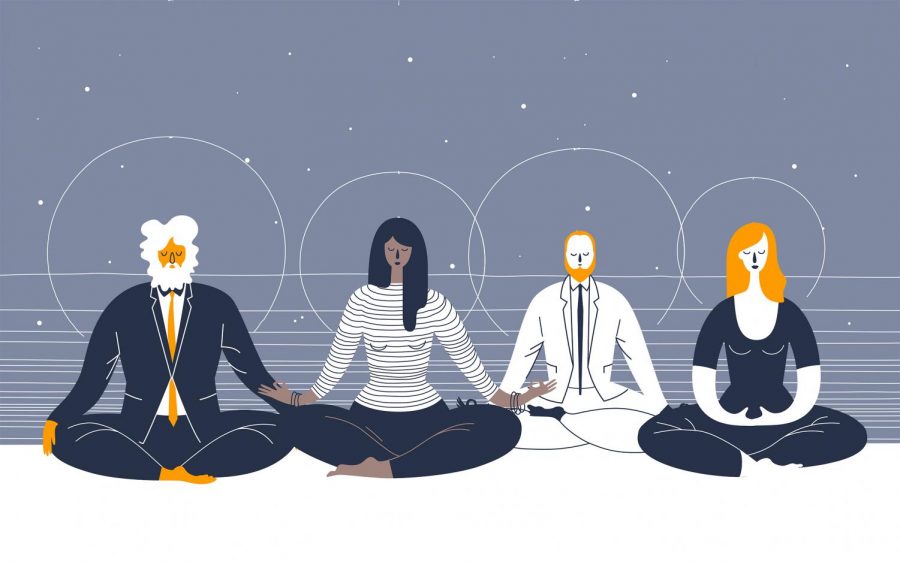
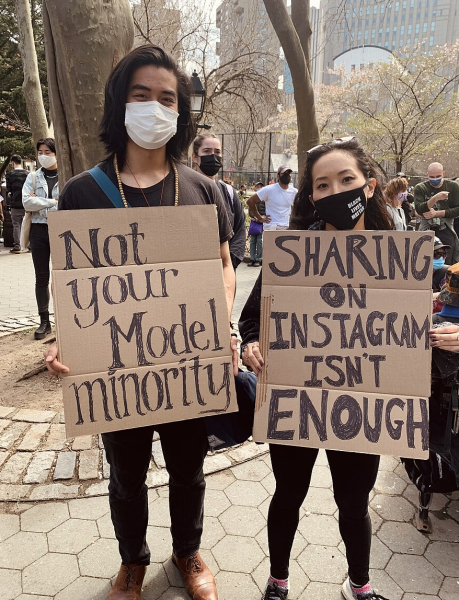




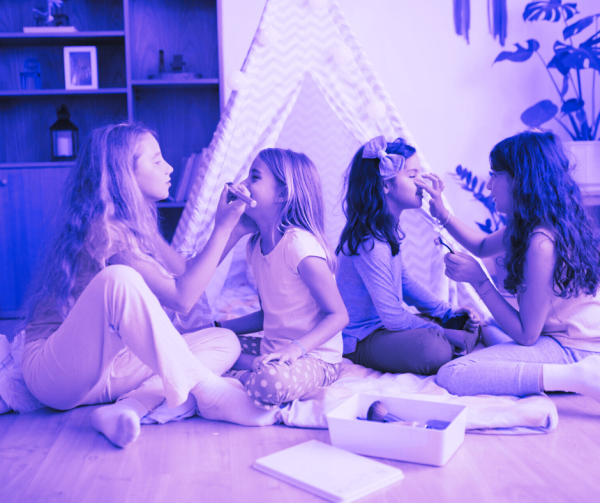
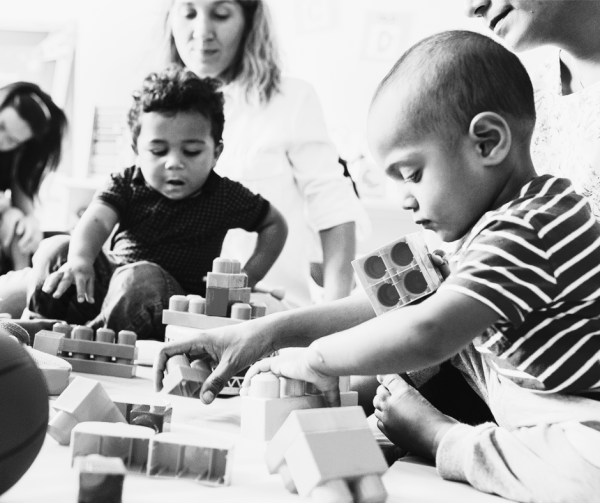
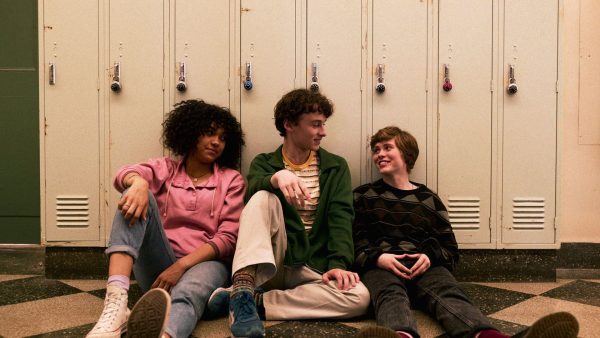
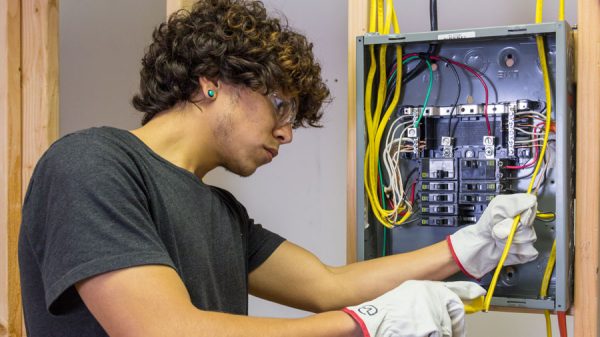
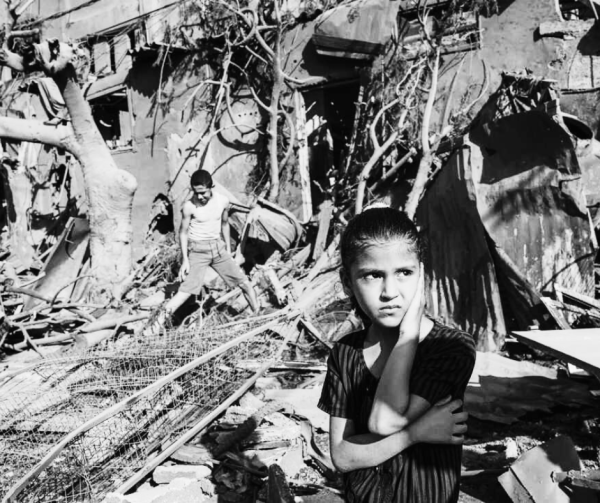
Amy Shafer • May 28, 2021 at 9:28 am
Thank you for this submission Linda! This is a priceless tool that should be integrated in all schools! The Goldie Hawn Foundation is focusing on and advocating for actual curriculum to be adopted in every school in the country! It’s called “MindUp” check it out at https://mindup.org/mindup-for-schools.
Thanks again!